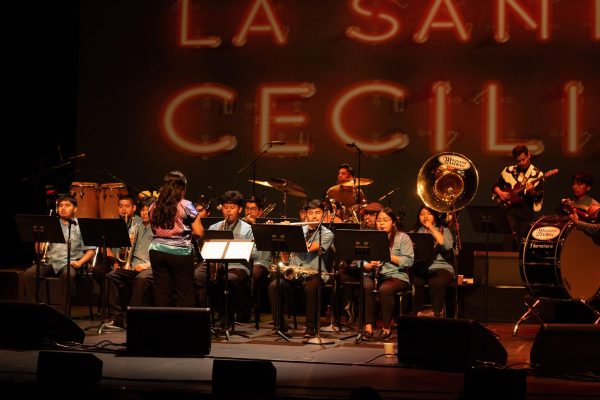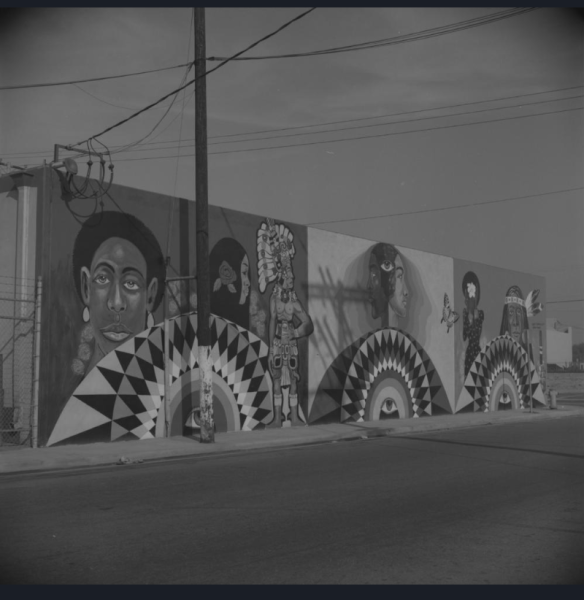Prop 28: Should taxpayers help add more arts and music programs in schools?
Thinking outside of the box. Engaging diverse learners. Providing a creative and therapeutic outlet.
These are some of the benefits of arts and music education, according to advocates of Prop. 28. The measure would require the state to set aside roughly $1 billion each year to fund art instruction and programs yearly for K-12 public schools. Opponents worry about the cost.
The $1 billion annual cost is equivalent to 1% of the state’s total General Budget and 70% of the money would go to schools based on their statewide enrollment. The rest would go to schools based on their share of low-income students.
Proposition 28 would help fund courses and programs like dance, music, theater, and various types of visual arts, including photography, painting, and graphic arts.
Opponents say Californians already pay high taxes and the state has other needs.
“Schools, which already receive the single-largest chunk of the state budget and which are enjoying revenue that dwarfs what they were receiving just a few years ago, would receive even more money [under Prop. 28]. That would leave less for other state programs and to save and pay down debt before the next, inevitable economic downturn,” wrote the Mercury News and East Bay Times editorial boards. “It’s fiscally reckless to keep earmarking unpredictable state general fund money when we don’t know what the future needs of California will be as it confronts, for example, a housing shortage, climate change, inadequate water supplies and wildfires.”
Theresa Farrell, of Rosemead, said she is opposed to the measure for similar reasons.
“Everything happening in this state needs to change,” Farrell said in response to a Facebook post from UT Community News asking, “Now that you know what Prop. 28 does, what do you think about it? Are you leaning for or against it?” Farrell continued saying,“Taxes are too high and none of them are being used to recover from the lockdowns.”
Supporters say art and music classes are constructive, allow kids to express themselves, and give them an outlet and break from core subjects such as Math, English and Science.
Chino resident Sonja Shaw, mother of a 14-year-old high school student and 13-year-old eighth-grader, said she supports the measure.
“I am leaning towards it,” said Shaw, who is running for the Chino Valley Unified School District Trustee Area 3. “I do think kids need art education.”
Shaw said drawing helps her daughter whenever she feels overwhelmed.
“I would love for them to receive art education for their mental health and creative thinking skills,” Shaw said.
Other supporters of the proposition include Margaret Rodgers, a Rosemead resident who commented on a UT Community News inquiry on Facebook about the measure: “I have two young adult children. Both of them were very involved in the arts in grade school, high school, and now higher education. Music and the arts are imperative for the health and mental well-being of the children now and in the future.”
Linda Zavala, who teaches seventh grade at Los Angeles Academy Middle School, also supports the measure because she thinks it helps expand how students learn other subjects: “I am for it because it will give more money for elective classes in the arts.”

Thomas Davila is a multimedia reporter for the UT. I also write blogs for GER. I love to write and play and listen to music in my free time.











